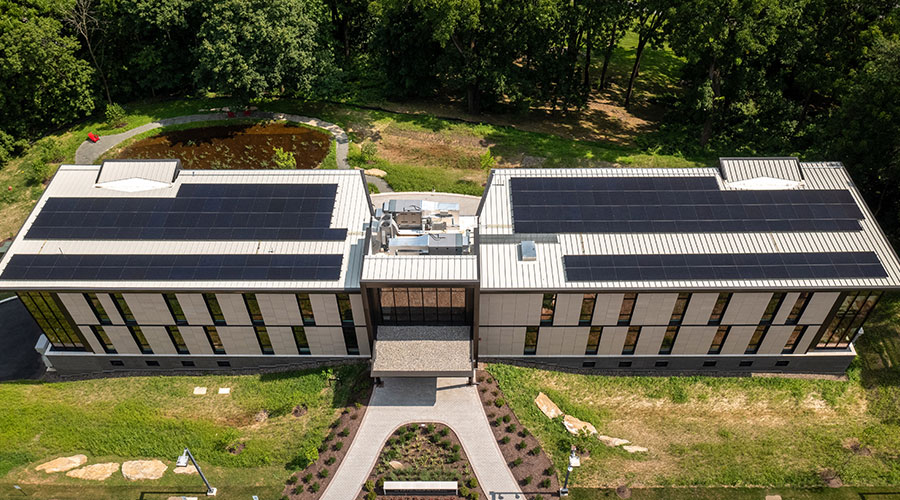Managers, Architects Join Forces During Landscape Design
MS: How can involving managers in design be beneficial?
DH: Landscape architects make decisions that sometimes put grounds managers in a reactive position. The renovation of an existing building presents a great opportunity for the grounds manager to get involved. The objective is to understand the cost to maintain the property and determine the right resources needed for the job.
The design phase presents an ideal opportunity for managers to emphasize the project’s total cost of ownership, which includes the ongoing cost and the resources required to properly maintain the landscape. Ideally, managers want to minimize inputs such as water, fertilizer, and fuel that powers pruning equipment and trucks.
MS: How can managers help make a landscape more sustainable during the design process?
DH: Planting at the right density is always a big controversy. Property owners want lush-looking plants. But grounds managers want to plant smaller quantities at the right density to minimize future maintenance requirements and water needs, as well as the inevitable costs to prune more or to remove overcrowded plants.
It is all about putting the water where it is needed. Managers need to review the amount of water the landscape requires and the way the irrigation system is designed. Large areas with high-volume, high-output spray heads for watering turf areas, shrubs and ornamentals require a drip or bubbler system to control water application.
Managers might want to ask about design changes that will reduce the amount of water needed. They also want to avoid specifying plants prone to insects or disease, minimize the amount of debris generated, and rethink the use of fertilizers.
Related Topics:














